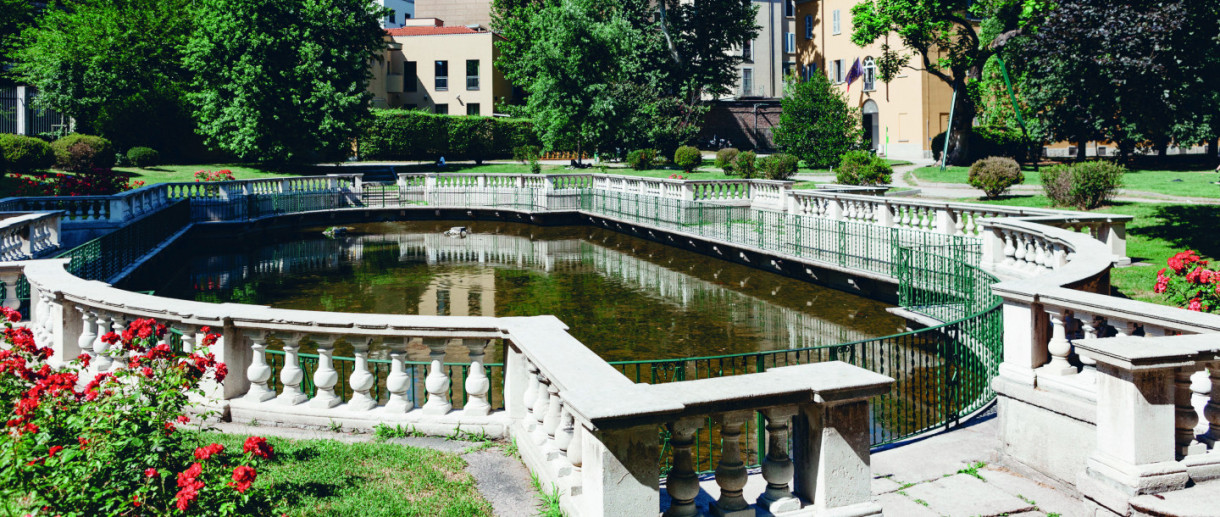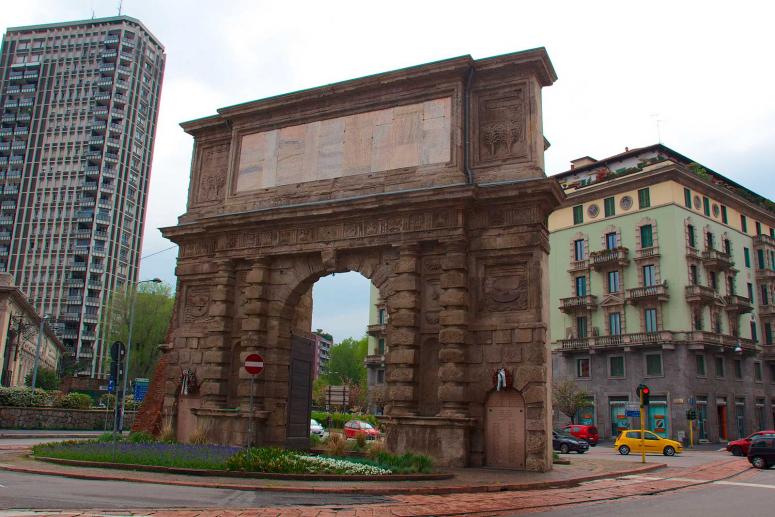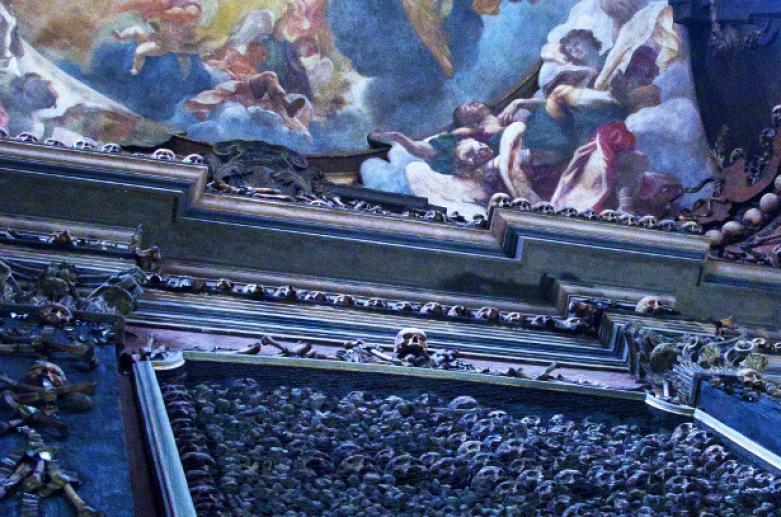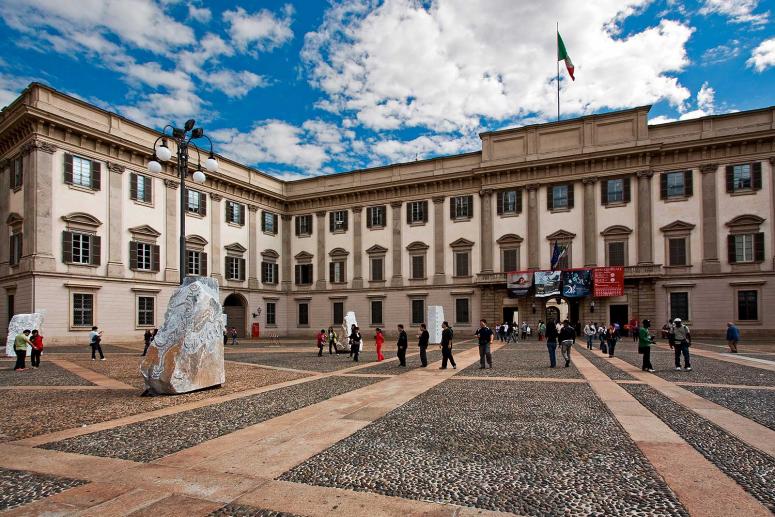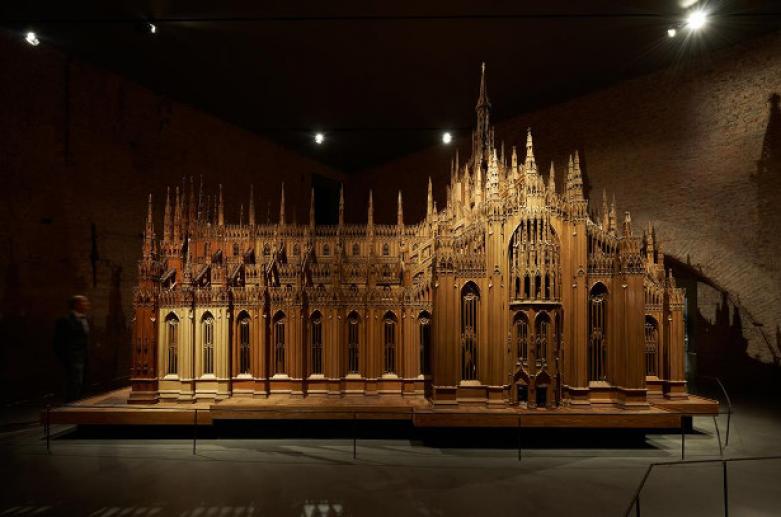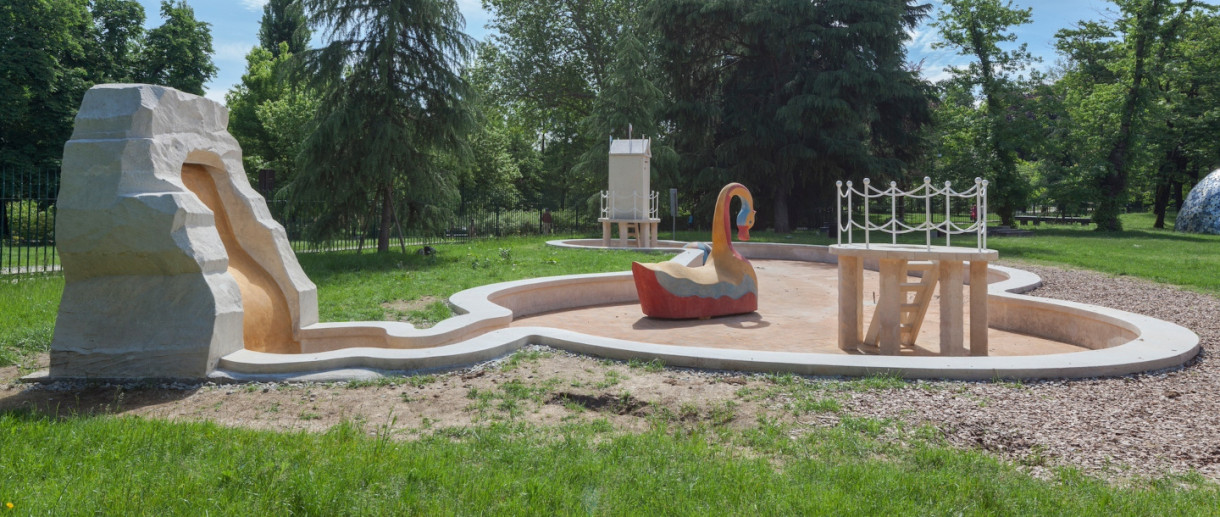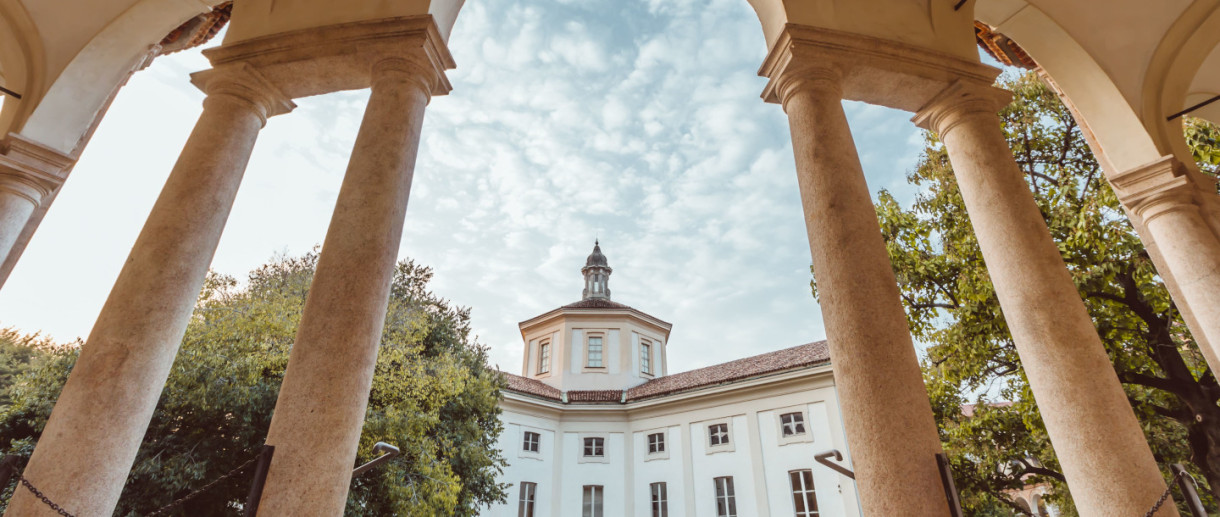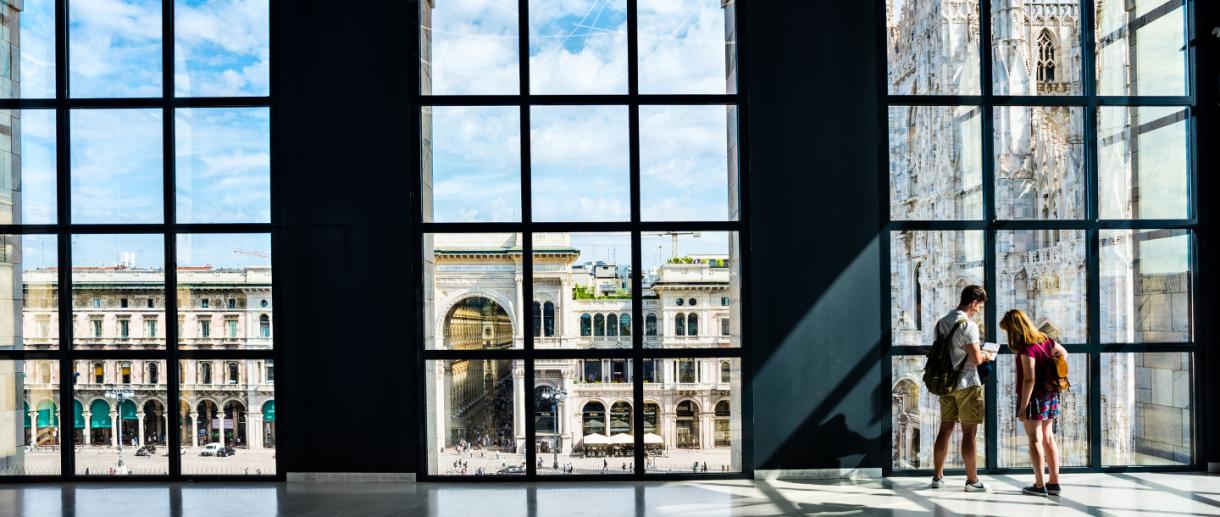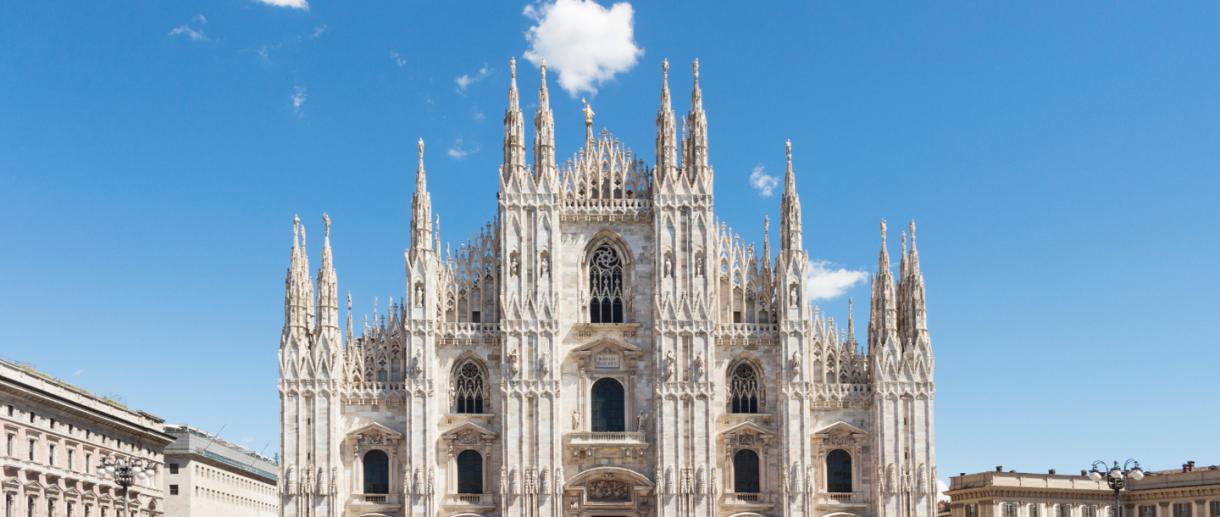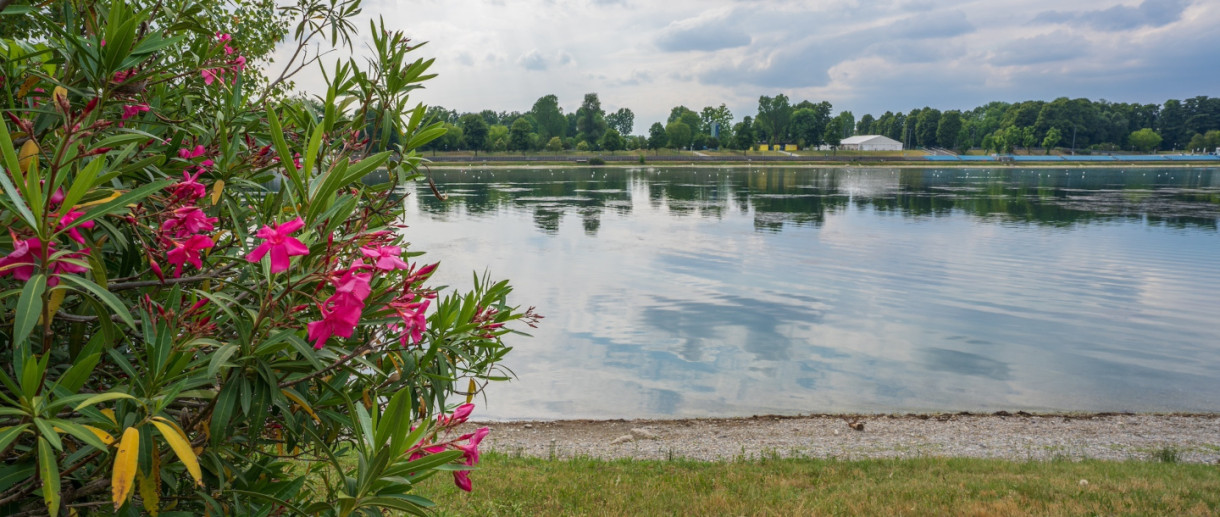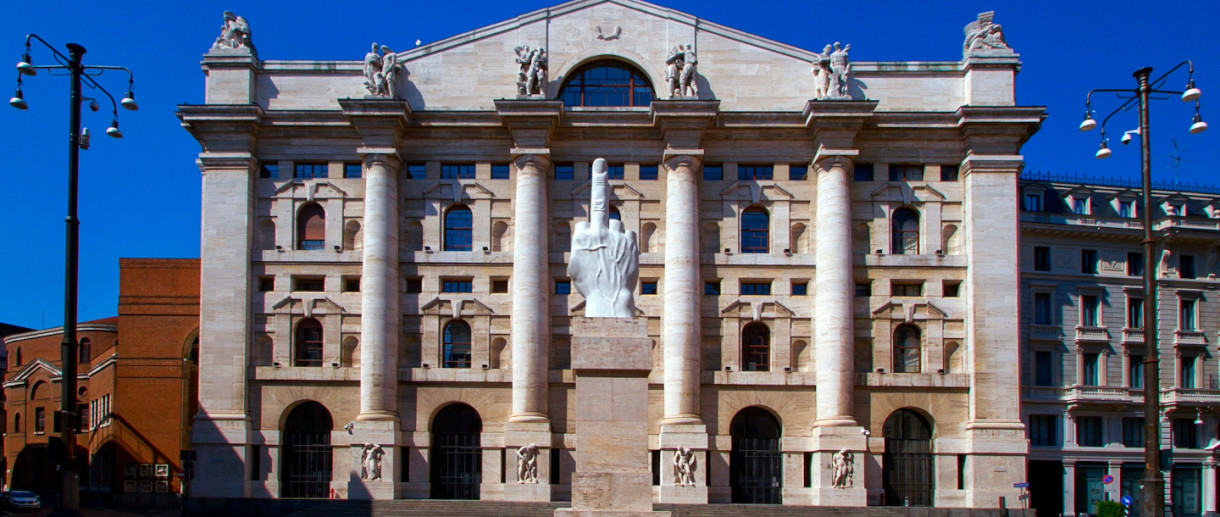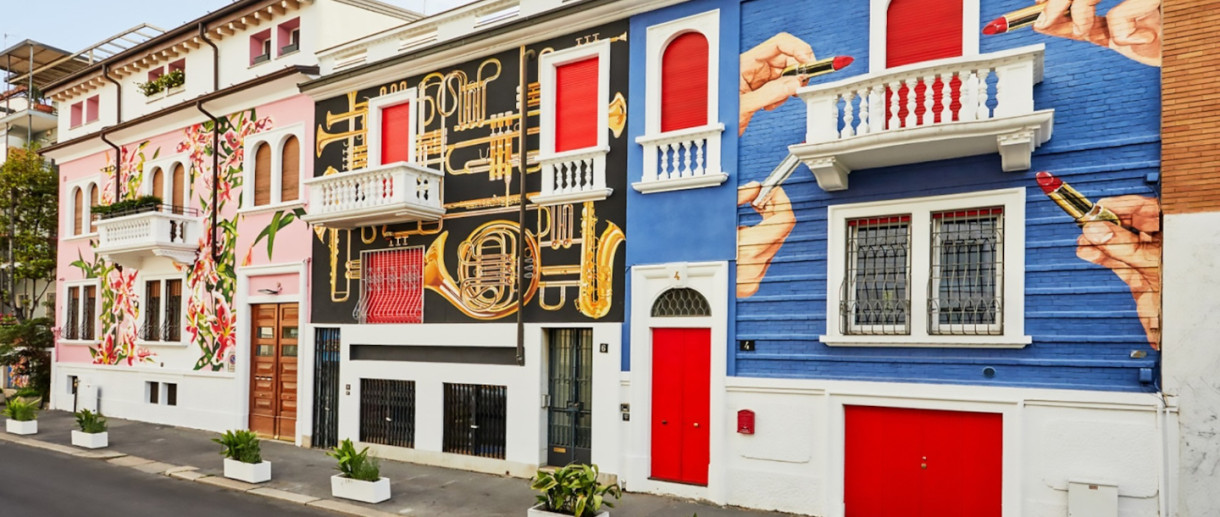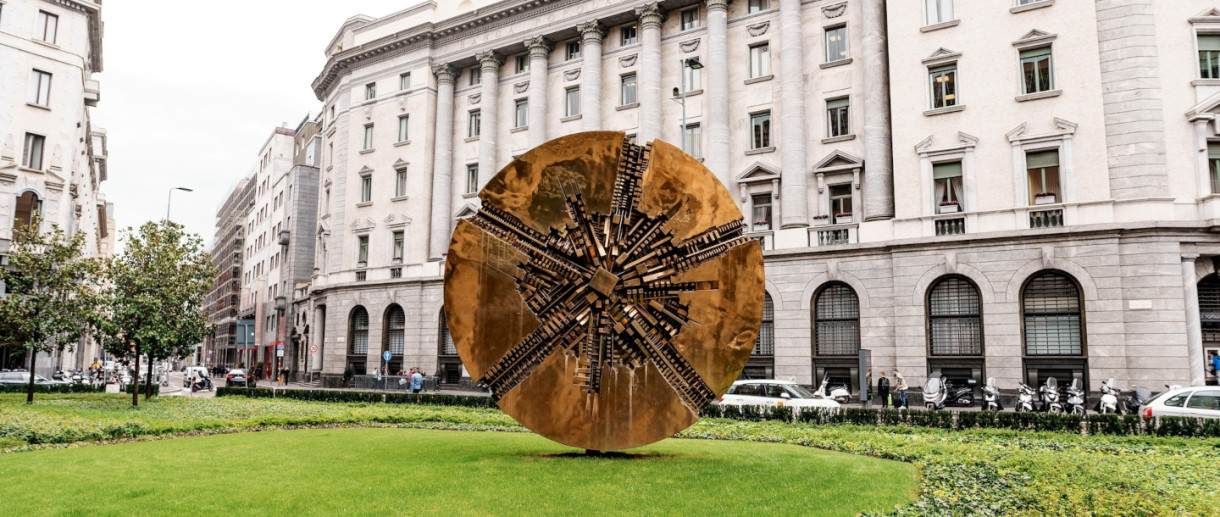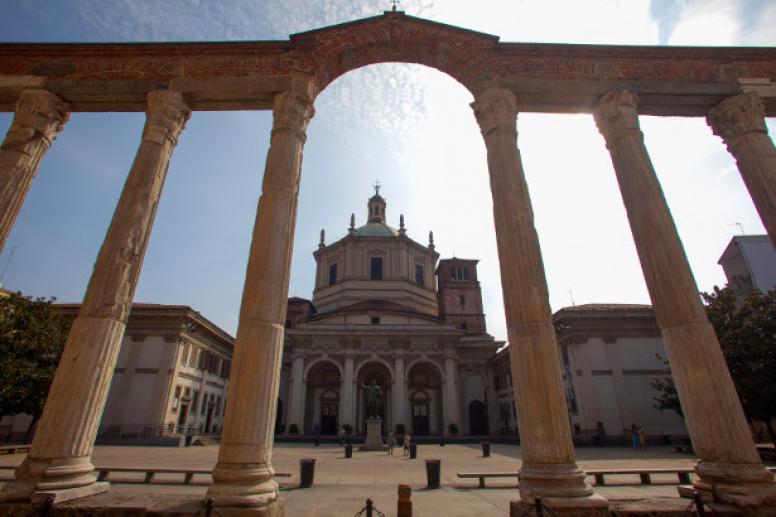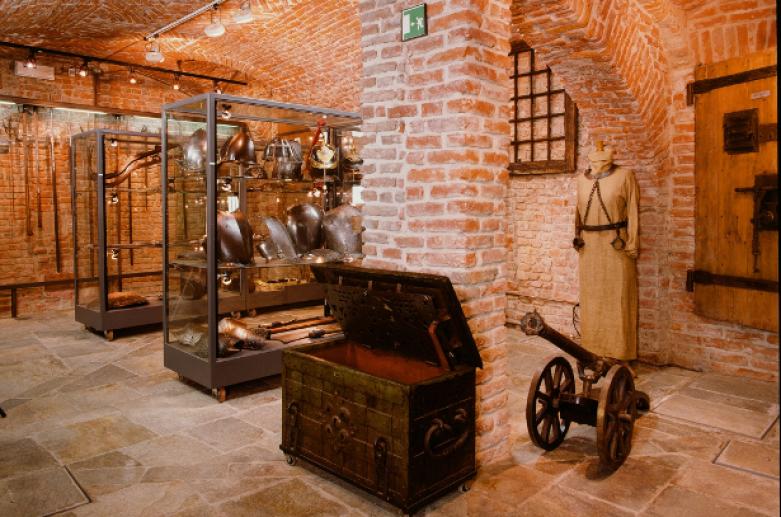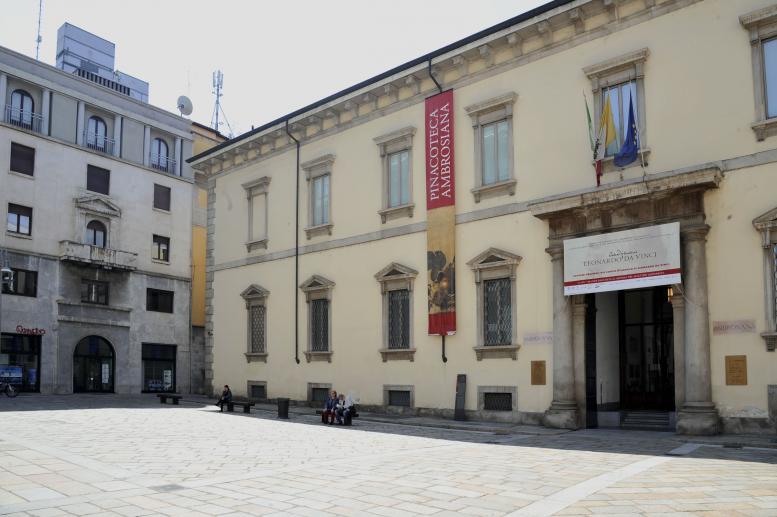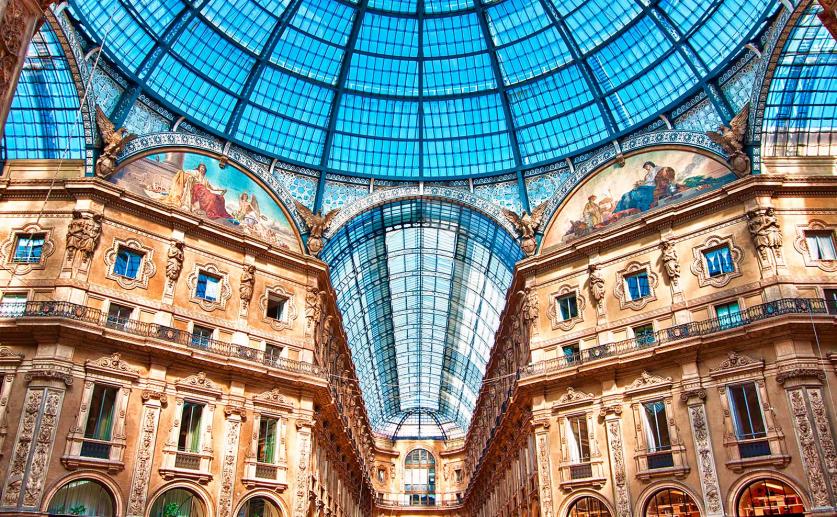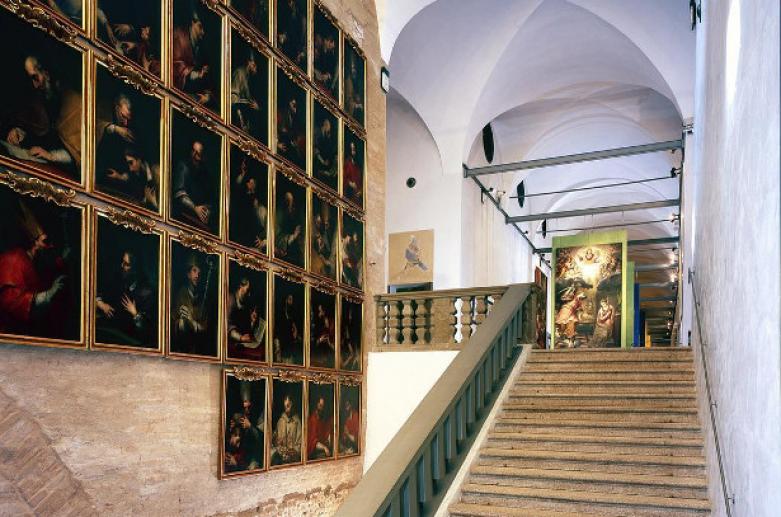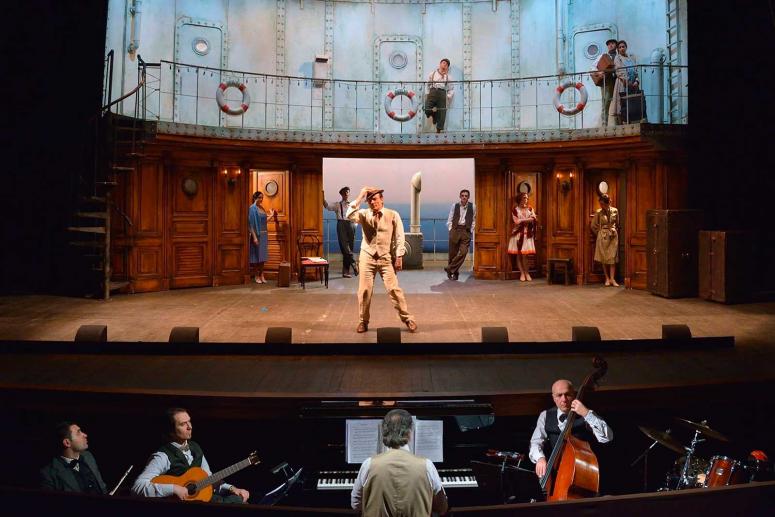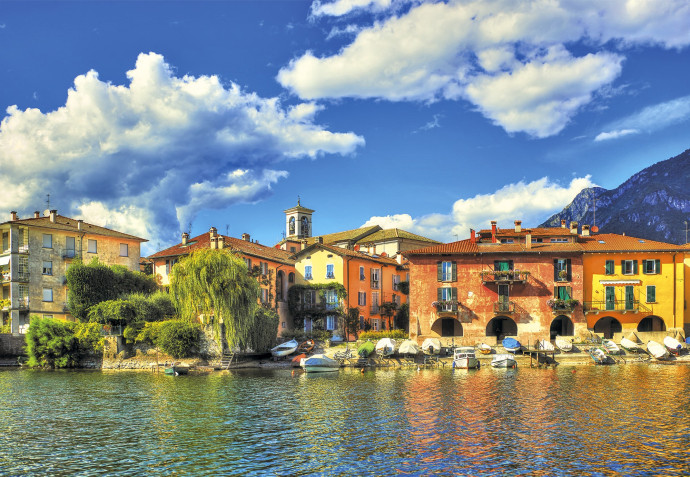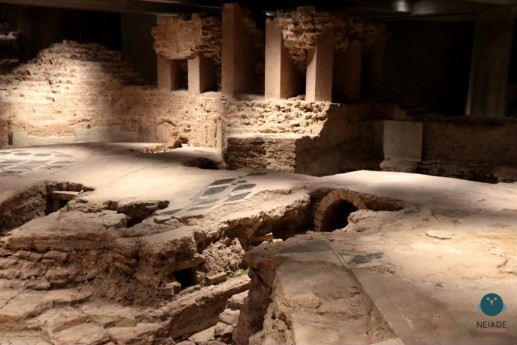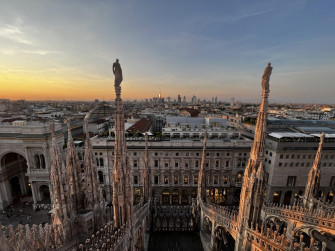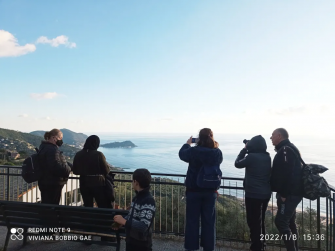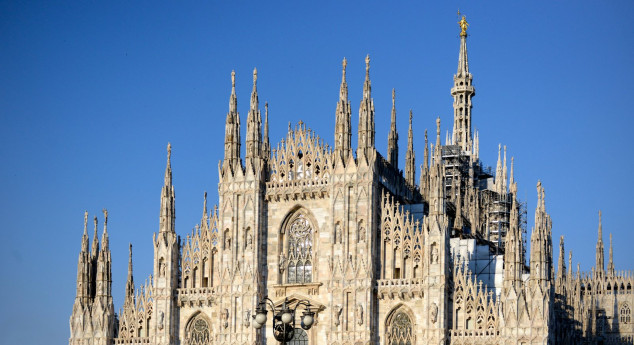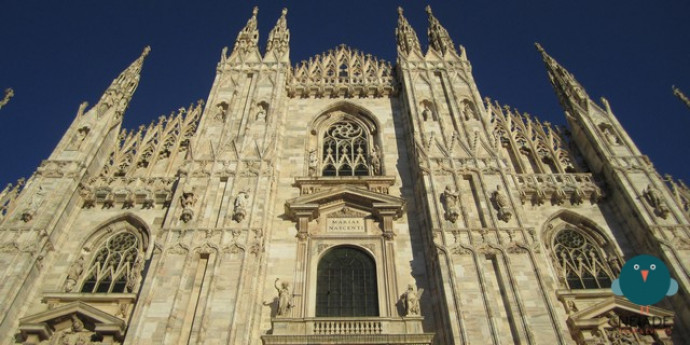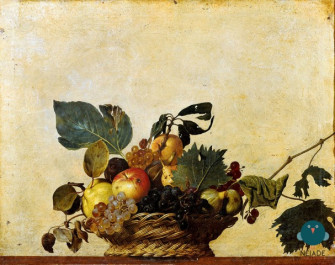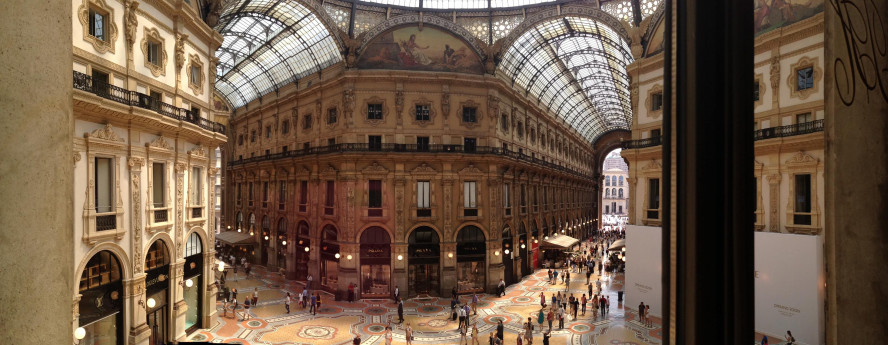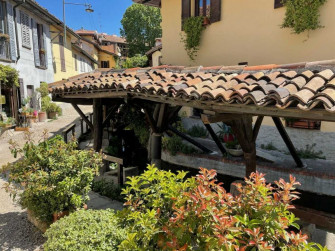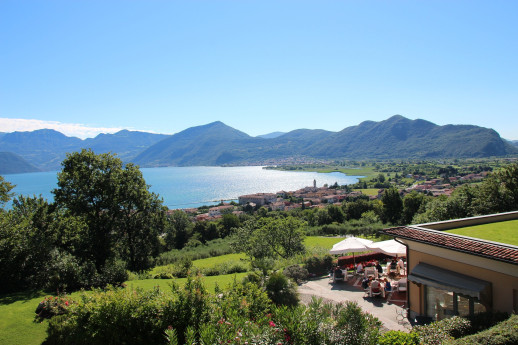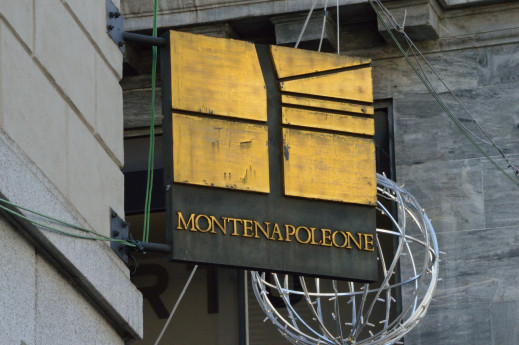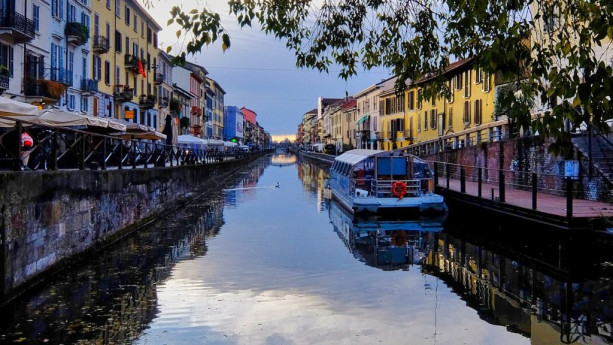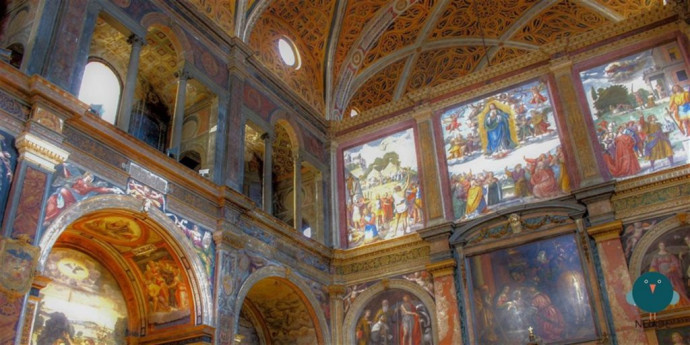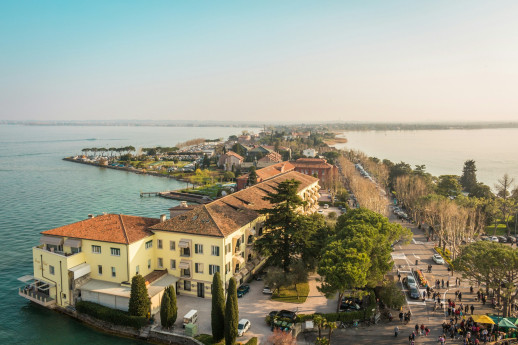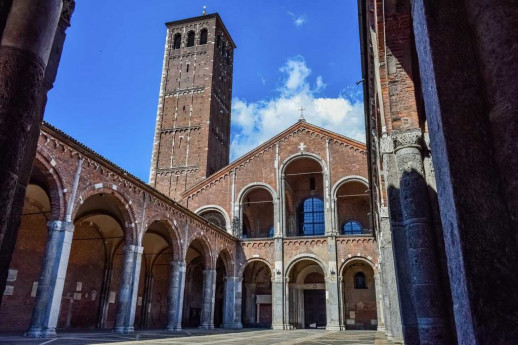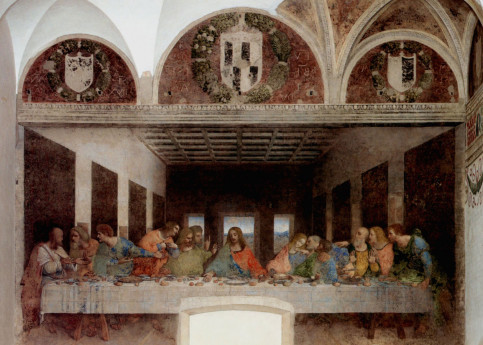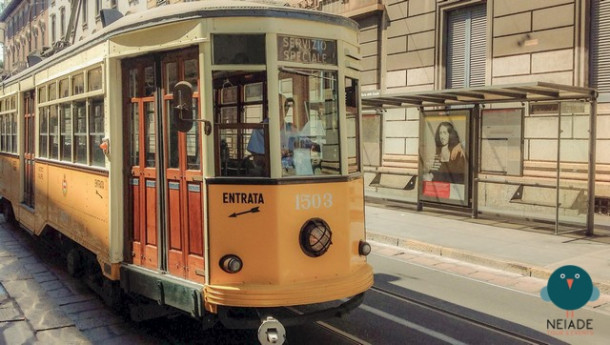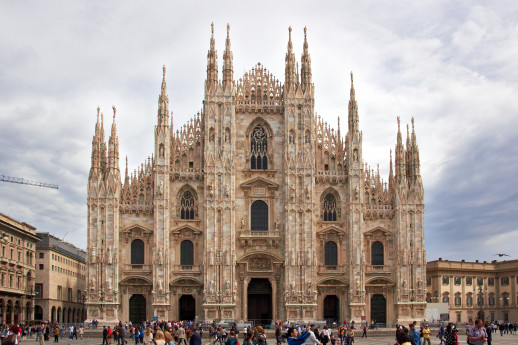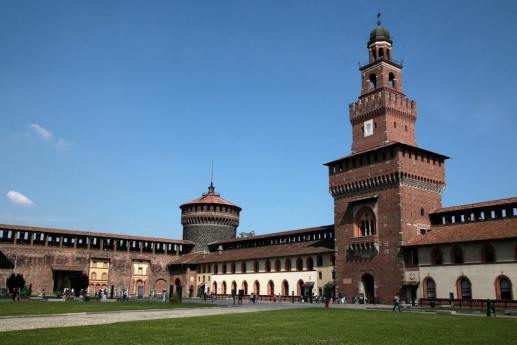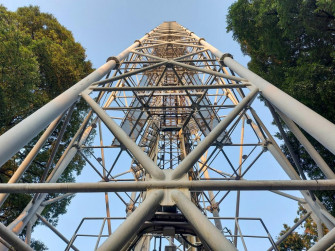- Art & Culture
Carcano Theater
Historic Milanese theater, it is still one of the largest halls in the city hosting prose, dance and music shows.
For many centuries the Carcano Theater, located on Corso di Porta Romana, was one of the city's most elegant venues, selected for hosting triumphant ceremonies and joyful celebrations.
The Carcano Theater is an opera house built by Giuseppe Carcano - the first theatrical impresario - in 1803. The theater was built on the site of the former convent of St. Lazarus.
On 3 September 1803 the nobility and wealthy bourgeoisie filled the theater for opening night: the programme included Zaira taken from the drama by Voltaire, with music by Vincenzo Federici and the dance performance Alfredo il grande, set to the music written by the great Paolo Franchi.
At the time it was built, the upper floors of the Carcano Theater were occupied by private residences, a feature that would later be seen in the majority of 20th century theaters, built in basements and made recognisable by their entrances with illuminated signs.
Generally attributed to a classic model, the theater was made within a customary horseshoe plan with four tiers of boxes, a gallery, a vault decorated with stucco and gilding, a central medallion and neoclassical ornaments.
It was closed in 1904, demolished in 1913 and rebuilt in subsequent years by Moretti. In 1948 it was converted into a cinema - Cinema Arcadia - and in the early '80s it was once again used as a theater following a radical restructuring project.
Under the artistic direction of Giulio Bosetti - from 1997 until his death in December 2009 - the Carcano has distinguished itself as a theater devoted primarily to prose, with a focus on the scripts when compiling the theater season, the stage design, the prestige of the actors to the promotion and diffusion of culture in a place accessible to everyone, ready to meet the needs and desires of audiences of all ages.
